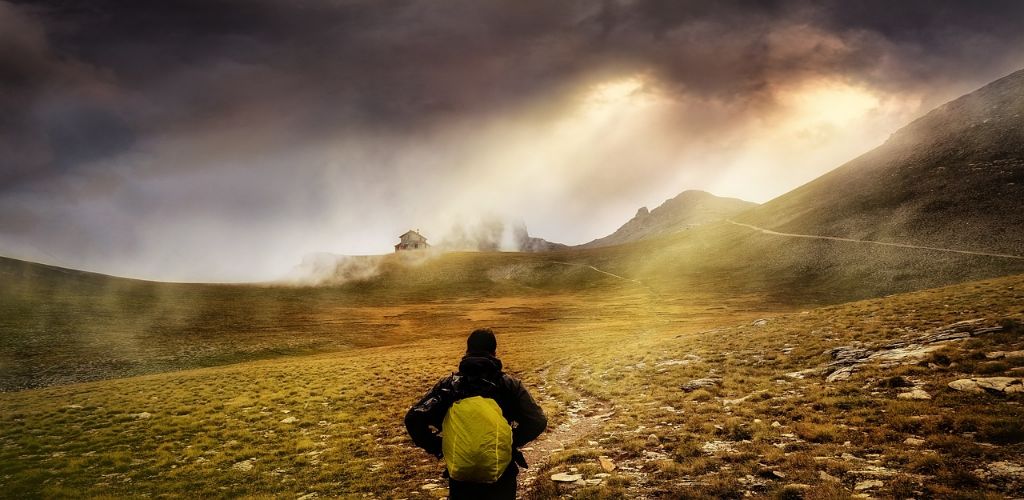The Fascinating World of Survival Facts
Survival, a term often associated with enduring extreme conditions and overcoming daunting challenges, is surrounded by numerous facts, myths, and teachings. Understanding survival facts is crucial for anyone passionate about outdoor adventures, emergency preparedness, or simply curious about life-saving techniques. In this comprehensive article, we dive deep into the realm of survival, exploring verified facts, debunking common myths, and shedding light on what it truly takes to survive in various situations.
The art of survival is as old as humanity itself, yet it is constantly evolving with new research, technological advancements, and real-life experiences. From the basic principles of finding food and water to the psychological aspects of surviving alone, survival encompasses a wide range of skills and knowledge. However, amidst this wealth of information, it’s essential to differentiate between fact and fiction.
Survival facts are not merely interesting tidbits of information; they are life-saving nuggets of wisdom. They provide insight into human endurance, resilience, and the ingenuity required to overcome seemingly insurmountable odds. Whether it’s understanding how the human body reacts under stress or learning the best ways to signal for help, these facts form the foundation of effective survival strategies.
In this article, we will explore some of the most intriguing and vital survival facts. Our journey will take us through various scenarios, from wilderness survival to urban resilience during disasters. We will incorporate expert insights, scientific research, and lessons learned from real-life survival stories. This exploration aims not only to inform but also to equip readers with practical knowledge that could one day prove crucial for survival.
As we embark on this fascinating exploration of survival facts, remember that the goal is to empower and educate. Whether you are an experienced outdoorsman, a casual hiker, or someone interested in emergency preparedness, understanding these facts will enhance your awareness and preparedness for any survival situation.
In-Depth Exploration of Key Survival Facts
Understanding Human Survival Limits
One of the fundamental aspects of survival is understanding the human body’s limits. Commonly encapsulated in the “Rule of Threes,” these limits provide a basic framework for prioritizing survival efforts:
- Three Minutes Without Air: The human body can typically survive only about three minutes without oxygen before incurring significant damage.
- Three Hours Without Shelter: In harsh environmental conditions, whether extreme cold or heat, finding shelter within three hours is crucial to prevent life-threatening exposure.
- Three Days Without Water: Hydration is critical, and while individuals can survive for up to three days without water, the need for clean, drinkable water becomes a priority much sooner.
- Three Weeks Without Food: Food is essential for energy and health, but humans can survive longer periods without it compared to the absence of air, shelter, or water.
Psychology of Survival
Beyond physical needs, the psychological aspect of survival is equally important. Mental resilience, the will to survive, and the ability to remain calm and make rational decisions under stress are often the deciding factors in survival situations.
Effective Survival Techniques
Survival in different environments requires specific techniques and knowledge. Here are some key areas:
- Signaling for Help: Understanding effective ways to signal for help, like using mirrors, smoke signals, or creating noticeable patterns in open spaces, can hasten rescue efforts.
- Finding Water: Techniques for locating and purifying water, including knowledge of natural water sources and makeshift filtration methods, are critical survival skills.
- Shelter Building: Knowing how to create a shelter using natural materials or utilizing what you have in your survival kit can protect you from harsh conditions.
- First Aid: Basic first aid knowledge, including treating injuries, understanding signs of hypothermia or heatstroke, and managing illnesses, can save lives.
- Navigation Skills: The ability to navigate without technological aids, using natural cues like the sun, stars, and landmarks, is invaluable.
Myths and Misconceptions
It’s important to debunk common survival myths. For example, the idea of finding food immediately is less critical than securing shelter and water. Similarly, myths about drinking one’s urine for hydration or sucking out venom from snake bites are not only ineffective but potentially dangerous.
In the next section, we’ll summarize the key takeaways and provide final thoughts on applying these survival facts in real-life scenarios.
Summary and Key Takeaways: Applying Survival Facts in Real Life
Essential Survival Facts Recap
Our journey through the world of survival facts has uncovered crucial insights into human endurance and resilience. To summarize the key points:
- Human Survival Limits: The “Rule of Threes” highlights the critical timeframes for air, shelter, water, and food.
- Psychological Resilience: Mental strength and the ability to stay calm are as vital as physical survival skills.
- Practical Survival Techniques: Skills like effective signaling, water procurement, shelter building, basic first aid, and navigation are essential.
- Debunking Myths: Correcting misconceptions can be as crucial as learning new survival skills.
Implementing Survival Knowledge in Practical Situations
Understanding survival facts is just the beginning; applying them effectively is what truly matters. Here are some practical tips:
- Regular Practice: Regularly practicing survival techniques enhances your ability to apply them under stress. Participate in survival workshops, camping trips, and other outdoor activities to sharpen your skills.
- Preparedness: Always be prepared for unexpected situations, especially when venturing into the wilderness. This means having a well-stocked and updated survival kit and informing someone about your travel plans.
- Continuous Learning: Stay informed about the latest survival research, techniques, and gear. The field of survival and preparedness is continually evolving, and staying updated is crucial.
- Respect for Nature: A deep respect for the environment and understanding its potential dangers are essential for safe outdoor experiences.
- Mental Conditioning: Develop mental resilience through challenging experiences, meditation, and stress management techniques.
In conclusion, the facts surrounding survival are both fascinating and vital for anyone who loves the outdoors or seeks to be prepared for emergencies. While knowledge is powerful, the real strength lies in the ability to apply this knowledge when it matters most. As you continue your journey in survival preparedness, keep these facts in mind, practice regularly, and always respect the power of nature.








